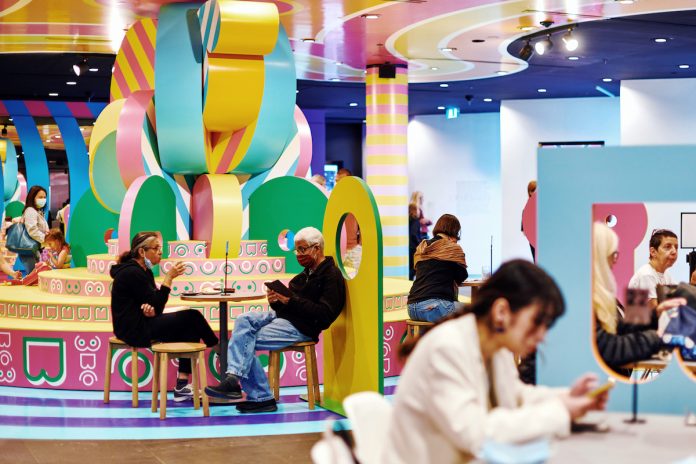Over 100 artists and designers from more than 30 countries: it’s the second edition of the Triennial of the National Gallery of Victoria, open free of charge in Melbourne, Australia until 18 April 2021. The show concentrates on the four themes of illumination, reflection, conservation and speculation, approaching some of the most pertinent and urgent questions of our time on a global level, including isolation, representation and speculation on the future, through the reflections of designers, artists and architects, drawing on intimacy and amazement, sadness and beauty, ruin and inspiration to create a microcosm of today’s world.

For the lucky people who live in Melbourne, the entire floor set aside for light works, in dialogue with the museum’s historic collection, is not to be missed; the monumental video by Turkish artist Refik Anadol extends for 10 meters in height and width, and makes use of artificial intelligence, automatic learning and quantum computing to visualize our digitalized memories of nature; an enormous mirror-finish sculpture of Venus, the Roman goddess of love, by the American artist Jeff Koons, is joined – in a world premiere – by a work by the French artist JR, which focuses on the ecological decline of the Darling River in a large installation of five colored glass segments that depict fruit farmers who are forced to remove and burn local orchards.

For design lovers, Patricia Urquiola presents Recycled Woollen Island, furnishings in recycled fabric made by hand in India in the form of maxi-stockings, inspired by the actions of museum-goers who remove their shoes to lie down and admire the ceiling. The show also includes the Japanese master architect Kengo Kuma, who has collaborated with Melbourne-based artist Geoffrey Nees to create the Botanical Pavilion, a circular structure made with salvaged wood from felled trees or those removed during the Millennium drought, with color-coded botanical species in a place of meditation in which we can remember our relationship with nature and with each other.

Finally, colorful spaces ready for Instagram include the work of the young English designer Adam Nathaniel Furman and the Australians of Sibling Architecture: a new commission that transforms the museum’s Gallery Kitchen café into a multicolored setting, drawing on the design vocabulary of the boudoir, the salon and the nightclub, in a welcoming, amusing area where visitors can recharge with positive energy.







